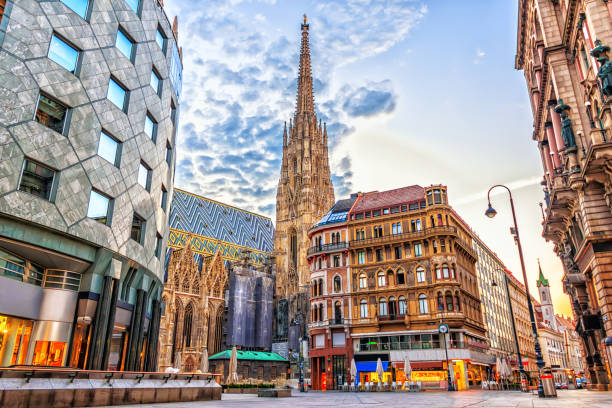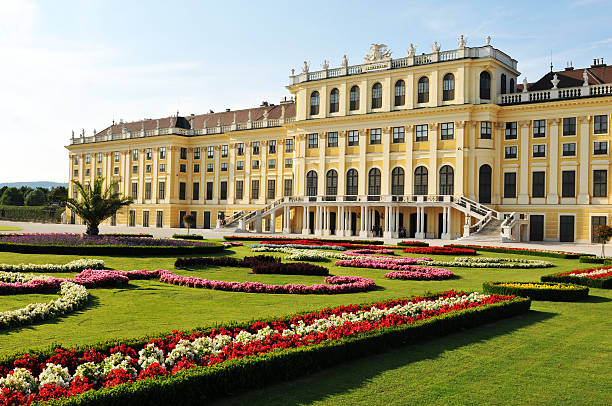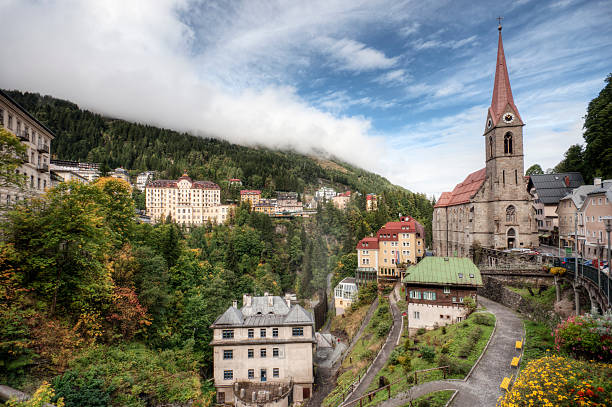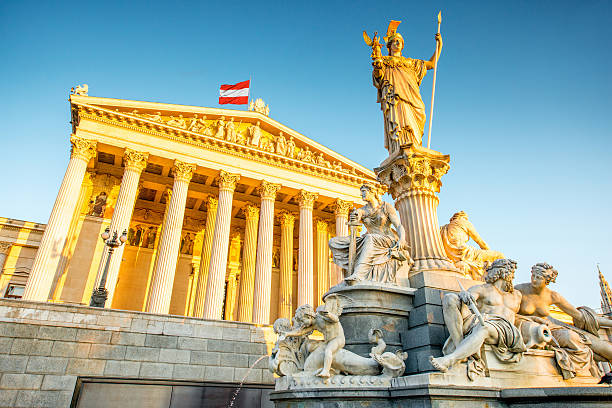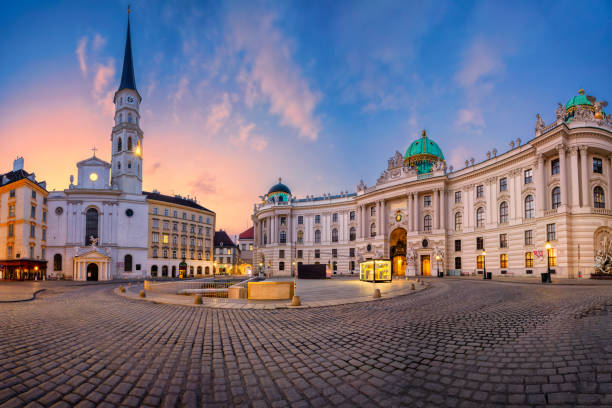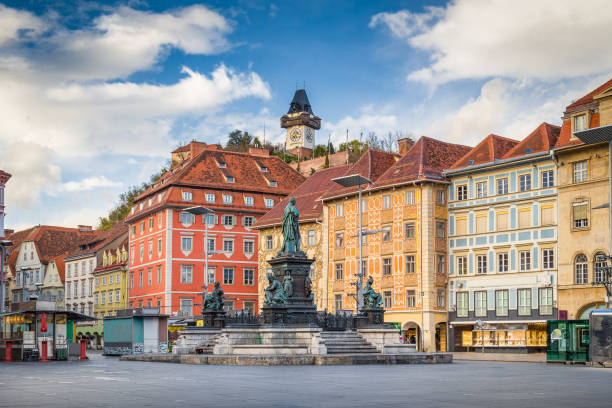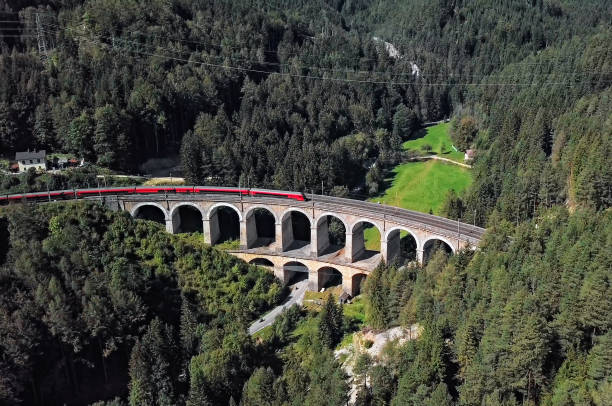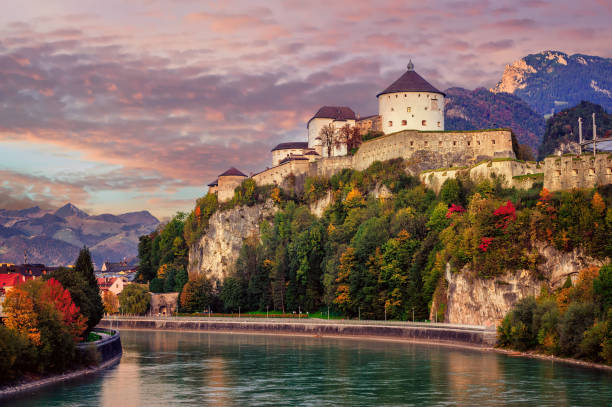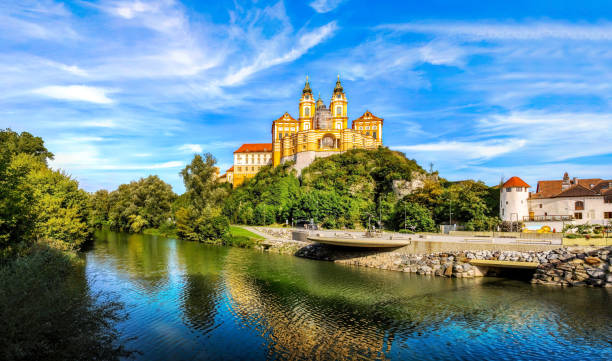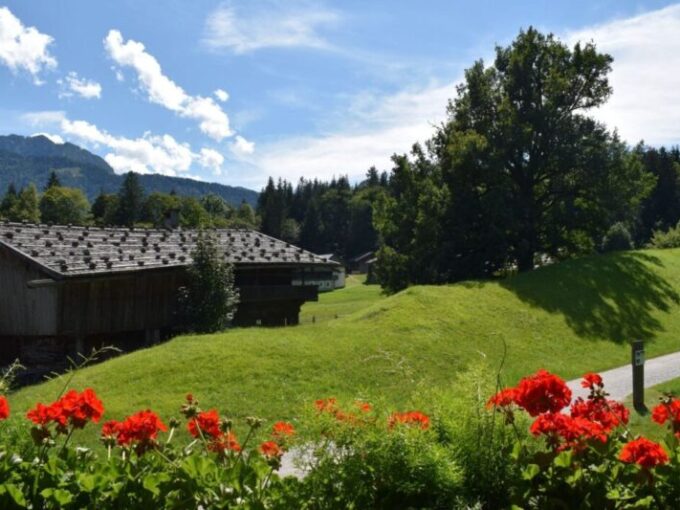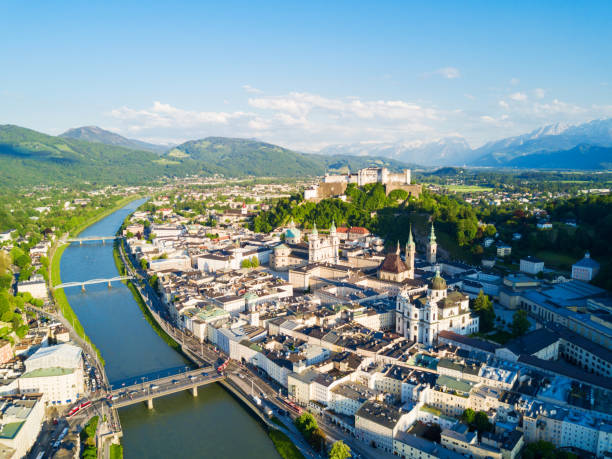- Capital: Vienna
- Form of Government: Republic
- Area: 83,879 km2
- Religion: Christianity 69%,
- Phone number: +43
- Language: German
- Time difference: +1
- Population: 8,935,112 (October 2020)
- Currency: Euro €
Austria major airports: Wien-Schwechat Airport in Vienna, Graz Airport, Salzburg Airport, Innsbruck Airport. From Helsinki to Austria’s largest airport in Vienna, with Finnair and Austrian Airlines fly directly. Especially in winter, Austrian Airlines also has flights from Helsinki to Salzburg and Innsbruck.
When the destination is in the western part of the country, it is worth flying to Munich and continuing the journey by train.
ÖBB is Austria’s counterpart to VR, with access to the largest cities and also to smaller locations. There are train connections to Vienna from neighboring countries (Czech Republic, Hungary, Germany, Slovakia and Switzerland). High-speed ICE trains and RailJet trains run from major cities such as Zurich, Munich, Frankfurt, Passau and Budapest. Eurocity and Intercity trains connect smaller Austrian cities. Most of the small alpine villages and ski resorts in the countryside are accessible by car only. Motorways are tolled.
![]()
Embassy of Finland, Wien Address: Gonzagagasse 16 A-1010 Wien – Tel. +43 1 535 0365 Email: sanomat.wie@formin.fi – Website: www.finnland.at
- Travel bulletin from the Ministry for Foreign Affairs: Safe tourist country. Take your passport and European medical card for the trip. Read more




